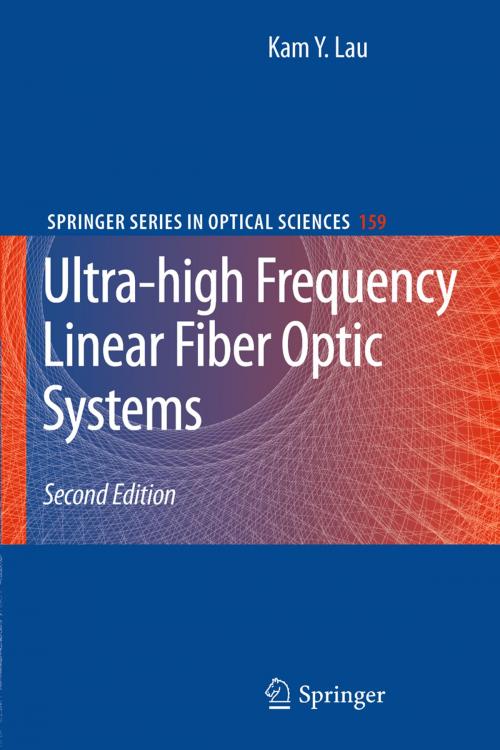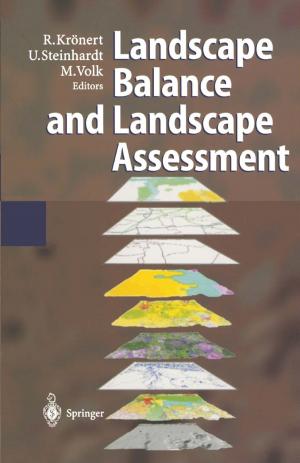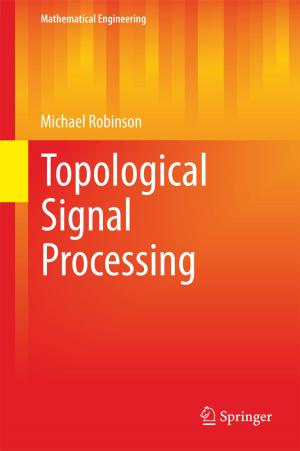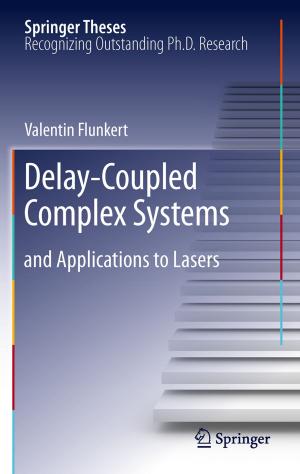Ultra-high Frequency Linear Fiber Optic Systems
Nonfiction, Science & Nature, Technology, Lasers, Microwaves| Author: | Kam Y. Lau | ISBN: | 9783642164583 |
| Publisher: | Springer Berlin Heidelberg | Publication: | May 10, 2011 |
| Imprint: | Springer | Language: | English |
| Author: | Kam Y. Lau |
| ISBN: | 9783642164583 |
| Publisher: | Springer Berlin Heidelberg |
| Publication: | May 10, 2011 |
| Imprint: | Springer |
| Language: | English |
This book provides an in-depth treatment of both linear fiber-optic systems and their key enabling devices. It presents a concise but rigorous treatment of the theory and practice of analog (linear) fiber-optics links and systems that constitute the foundation of Hybrid Fiber Coax infrastructure in present-day CATV distribution and cable modem Internet access. Emerging applications in remote fiber-optic feed for free-space millimeter wave enterprise campus networks are also described. Issues such as dispersion and interferometric noise are treated quantitatively, and means for mitigating them are explained. This broad but concise text will thus be invaluable not only to students of fiber-optics communication but also to practicing engineers. To the second edition of this book important new aspects of linear fiber-optic transmission technologies are added, such as high level system architectural issues, algorithms for deriving the optimal frequency assignment, directly modulated or externally modulated laser
transmitters and the use of Erbium-doped fiber amplifier (EDFA) in linear fiber optic systems. Significant examples of field deployed military systems enabled by linear fiber optic links are described in an appendix.
This book provides an in-depth treatment of both linear fiber-optic systems and their key enabling devices. It presents a concise but rigorous treatment of the theory and practice of analog (linear) fiber-optics links and systems that constitute the foundation of Hybrid Fiber Coax infrastructure in present-day CATV distribution and cable modem Internet access. Emerging applications in remote fiber-optic feed for free-space millimeter wave enterprise campus networks are also described. Issues such as dispersion and interferometric noise are treated quantitatively, and means for mitigating them are explained. This broad but concise text will thus be invaluable not only to students of fiber-optics communication but also to practicing engineers. To the second edition of this book important new aspects of linear fiber-optic transmission technologies are added, such as high level system architectural issues, algorithms for deriving the optimal frequency assignment, directly modulated or externally modulated laser
transmitters and the use of Erbium-doped fiber amplifier (EDFA) in linear fiber optic systems. Significant examples of field deployed military systems enabled by linear fiber optic links are described in an appendix.















